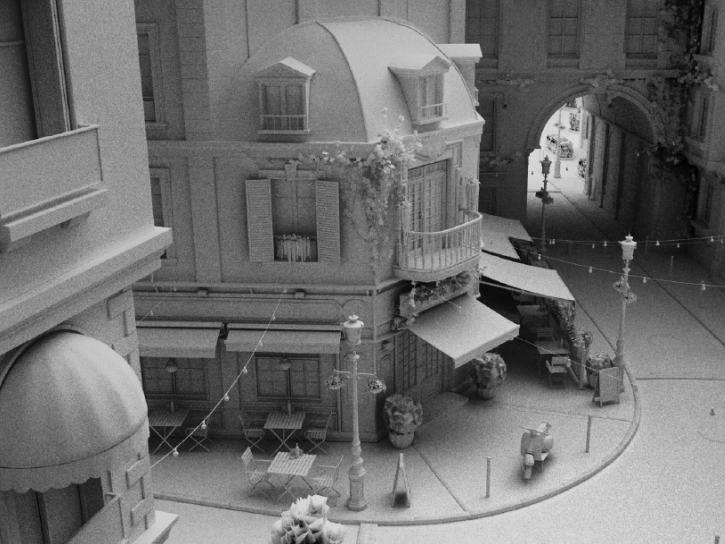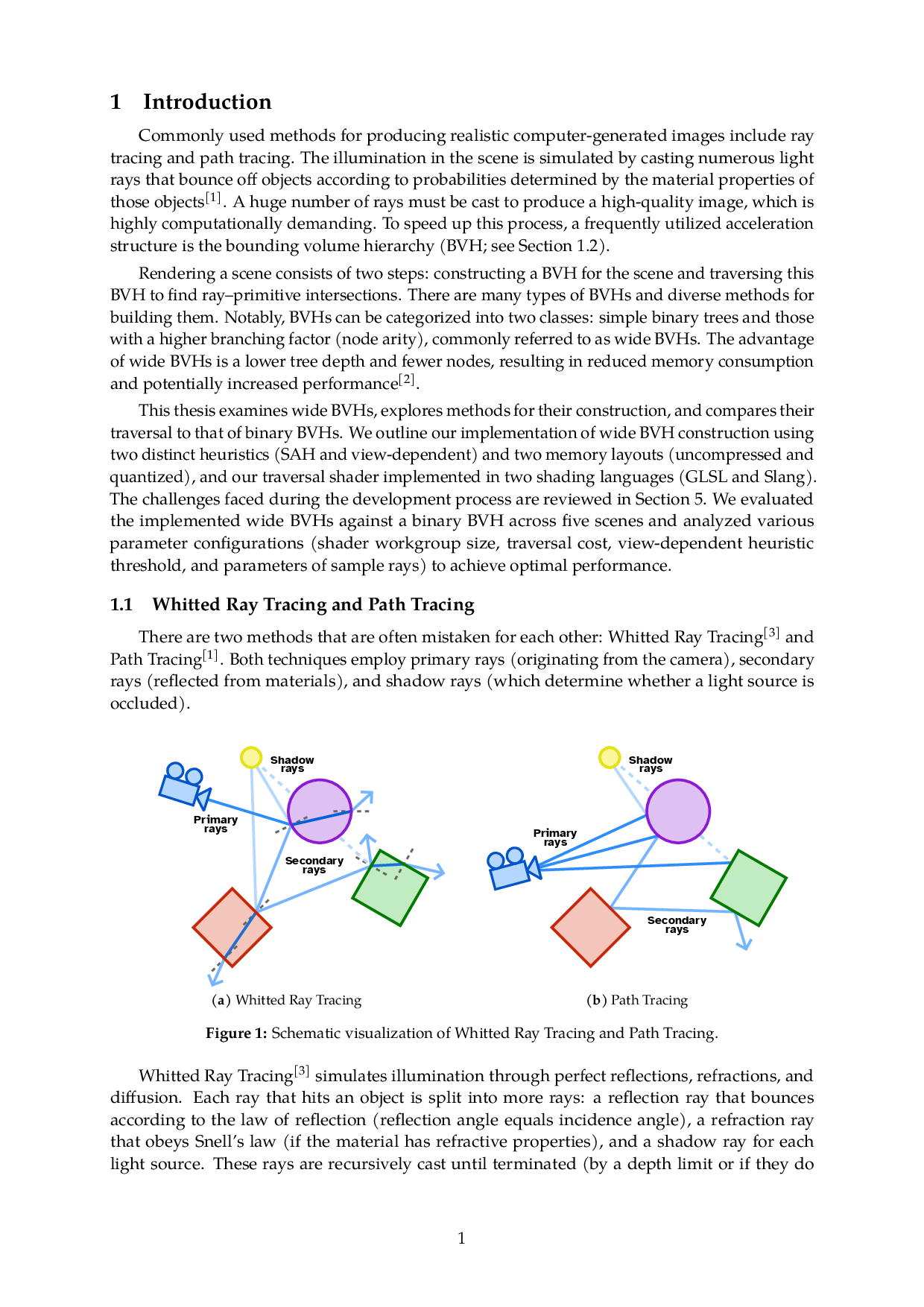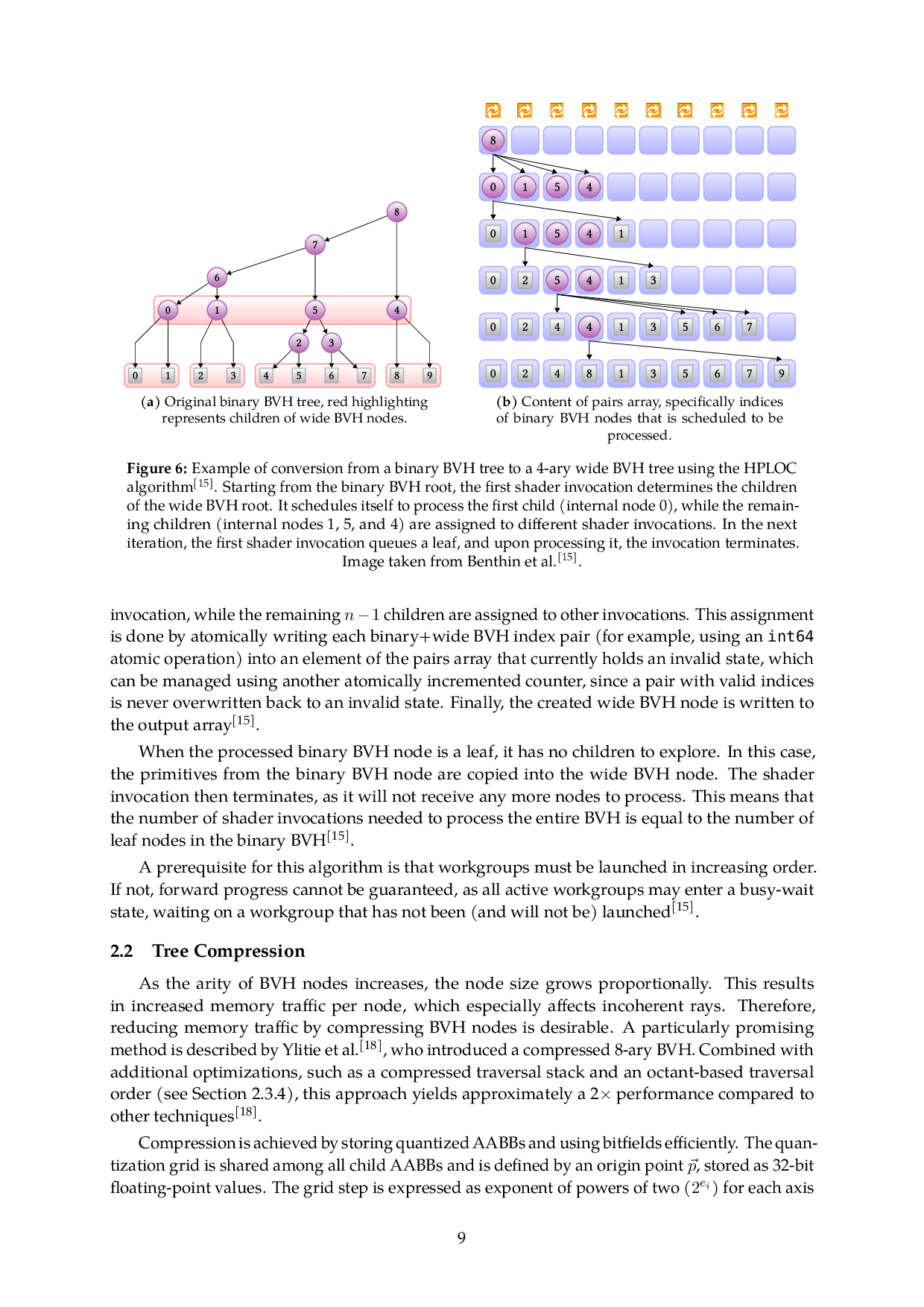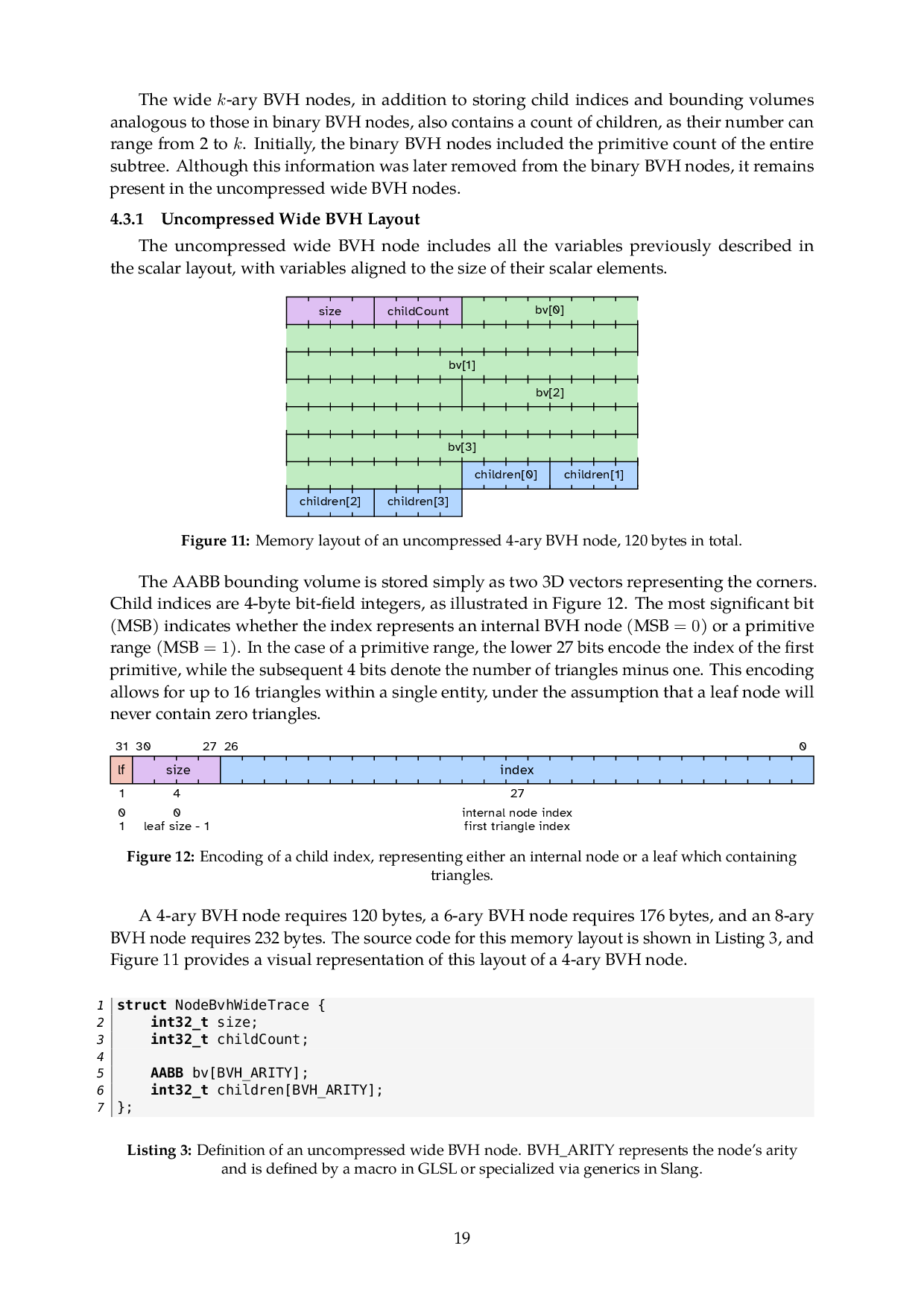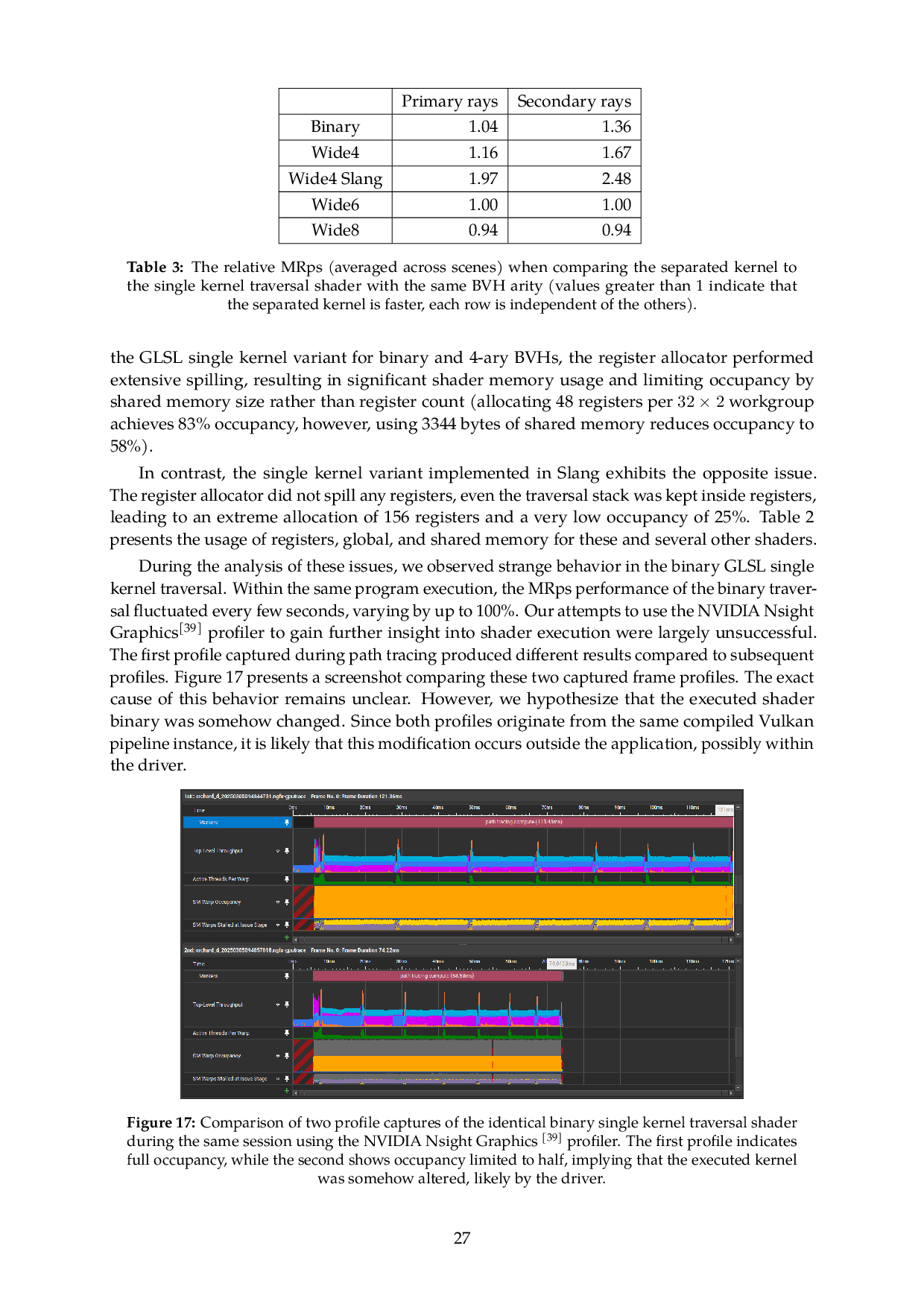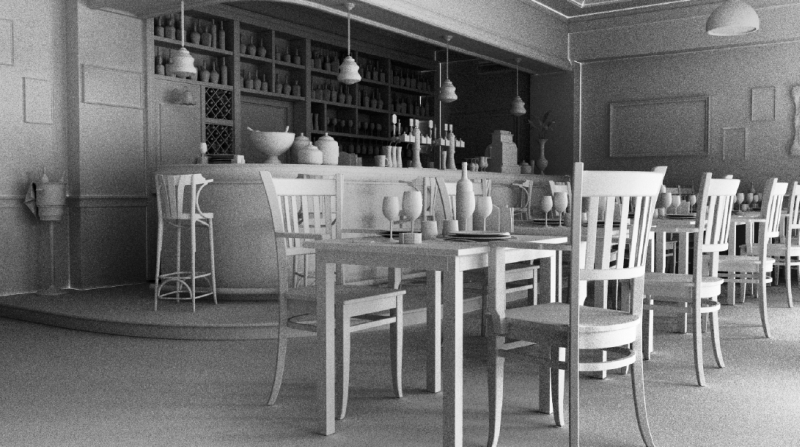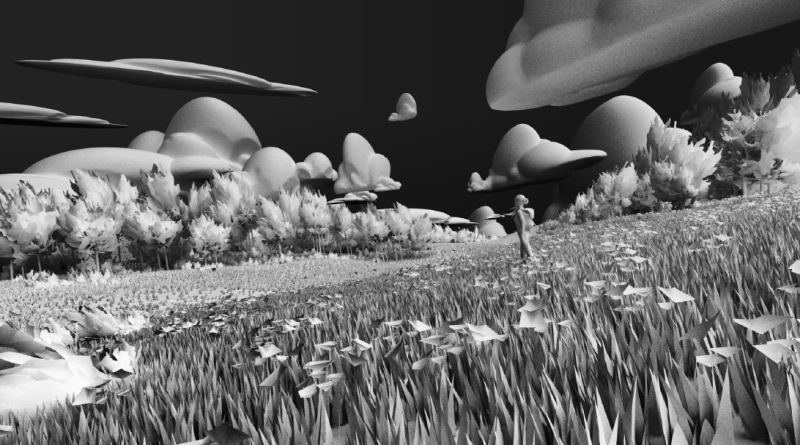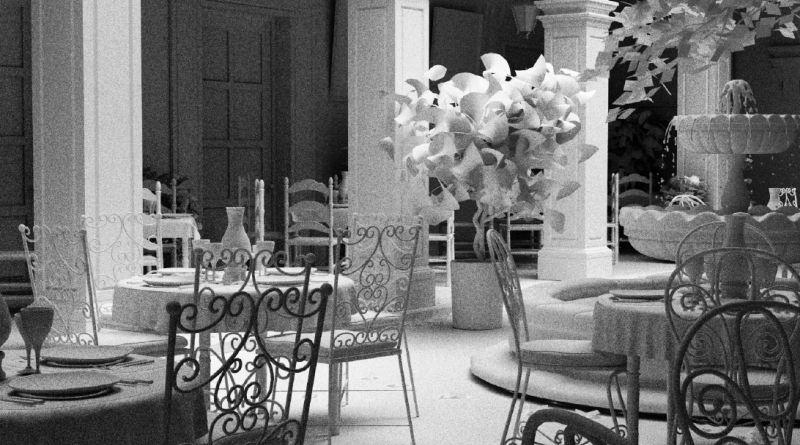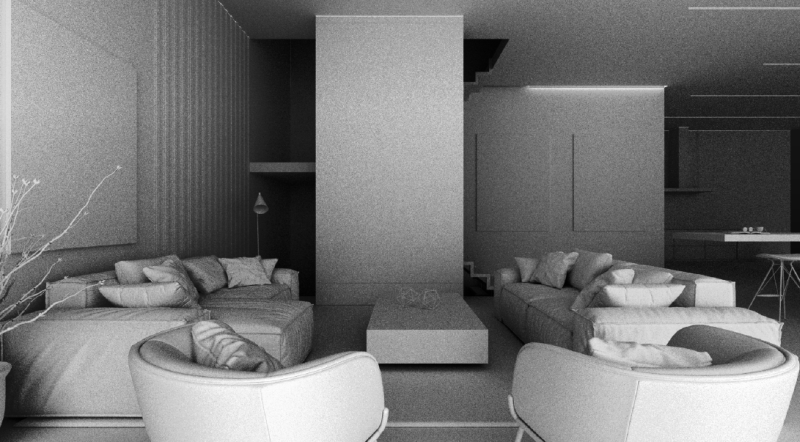Wide Bounding Volume Hierarchies for Ray Tracing
Path tracing, a technique for generating photorealistic images, is widely used in offline rendering and is increasingly adopted in real-time applications. Modern ray tracing frameworks typically utilize wide bounding volume hierarchies (BVH), i.e., hierarchies with a branching factor greater than two. This thesis investigates methods for constructing and traversing such acceleration structures. We implemented wide BVH construction using two heuristics (SAH and view-dependent), two memory layouts (uncompressed and quantized bounding volumes), and evaluated their traversal using two shading languages (GLSL and Slang). Across five different scenes, the evaluation showed an average speedup in secondary rays of 20% for 4-ary uncompressed BVHs and 78% for quantized 6-ary BVHs compared to binary BVHs. View-dependent BVHs demonstrated an approximate performance gain of +9% for primary rays and +4% for secondary rays in 4-ary BVH. In uncompressed BVHs, Slang shaders achieved a modest speedup of 1% to 2% for secondary rays compared to GLSL, whereas in quantized BVHs, they exhibited reduced performance in range from -9% to -14%.
